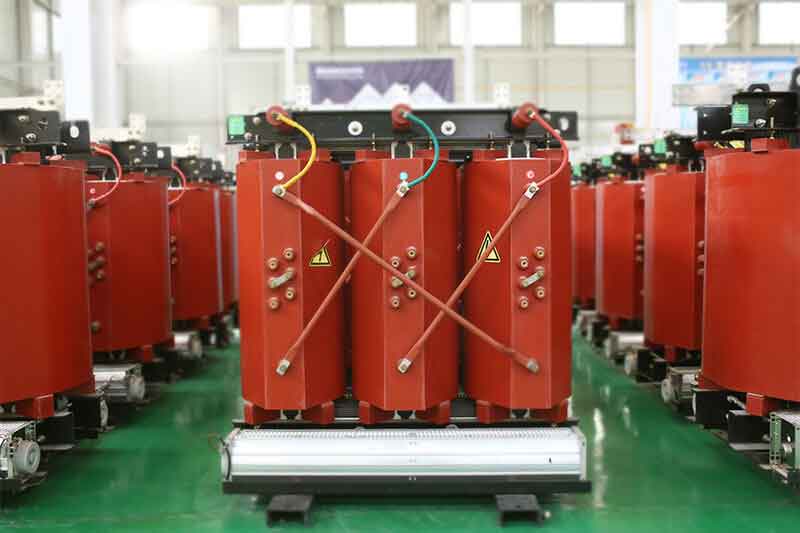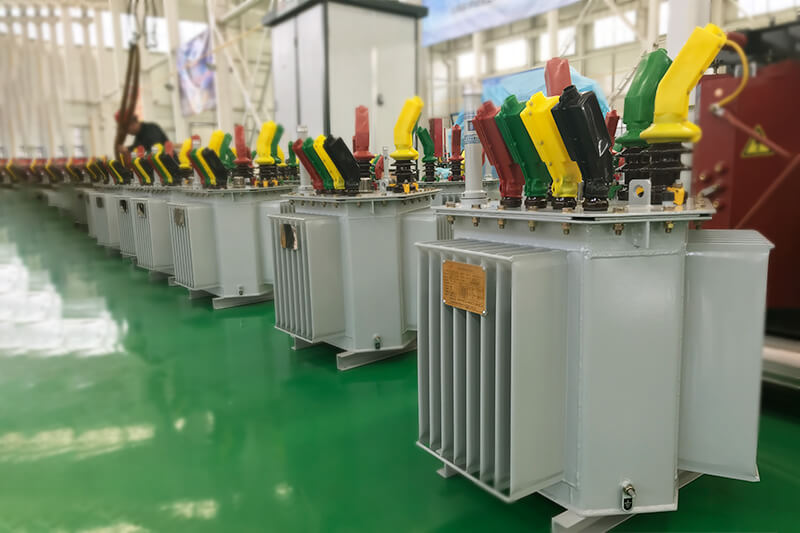The differences between dry-type transformers and oil-immersed transformers
They are both power transformers and they all have iron cores for magnetic circuits and windings for circuits. The biggest difference is between dry-type transformers and oil-immersed transformers. That is to say, the cooling media of the two are different. The former uses transformer oil as the cooling and insulation medium, and the latter uses air or other gases such as SF6 as the cooling medium. The oil transformer is a device composed of an iron core and a winding in a tank filled with transformer oil. The dry change often encapsulates the iron core and the winding with epoxy resin. There is also a non-encapsulated type that is now used. The winding is impregnated with special insulating paint and special insulation paint to avoid winding or iron. The core is wet.

In terms of output value and dosage, the voltage level of the dry transformer is only 35kV, and the capacity is smaller than that of the oil transformer, which is about 2500kVA. The production process of the dry transformer is relatively messy compared with the oil transformer of the same voltage level and capacity The cost is also high. So now the amount of oil is still increasing. However, due to the environmental protection of dry change, flame retardant, impact resistance and other benefits, it is often used in indoor and other demanding power supply and distribution places, such as hotels, office buildings, high-rise buildings, and so on.
Oil type transformer is cheap and easy to maintain, but flammable and explosive. Due to its excellent fire resistance, the dry transformer can be installed in the load center area to reduce voltage loss and power loss. However, dry transformers are expensive, bulky, have poor moisture and dust resistance and noisy.
The biggest difference between oil-immersed transformers and dry-type transformers is the presence of “oil”. Because oil is liquid and has fluidity, oil-immersed transformers must have a shell. The inside of the shell is transformer oil, and the transformer is immersed in oil. The coil of the transformer can not be seen from the outside; while the dry type transformer has no oil, there is no need for the shell, and the transformer coil can be directly seen; there is also a feature that the oil-immersed transformer has an oil pillow on the inside and is stored inside Transformer oil, but now new oil-immersed transformers are also produced without oil pillows.

Oil-immersed transformers have a radiator for the heat dissipation, that is, the internal heat dissipation of the insulating oil. A radiator is planned externally, just like a heat sink, but dry-type transformers do not have this radiator. The fan is a bit like an indoor unit for a home air conditioner;
Oil immersed transformers are generally equipped in a separate transformer room or outdoor due to the need for fire prevention. Dry-type transformers must be installed indoors. Generally, the equipment is located in a low-voltage power distribution room and is side-by-side with a low-voltage power distribution cabinet.